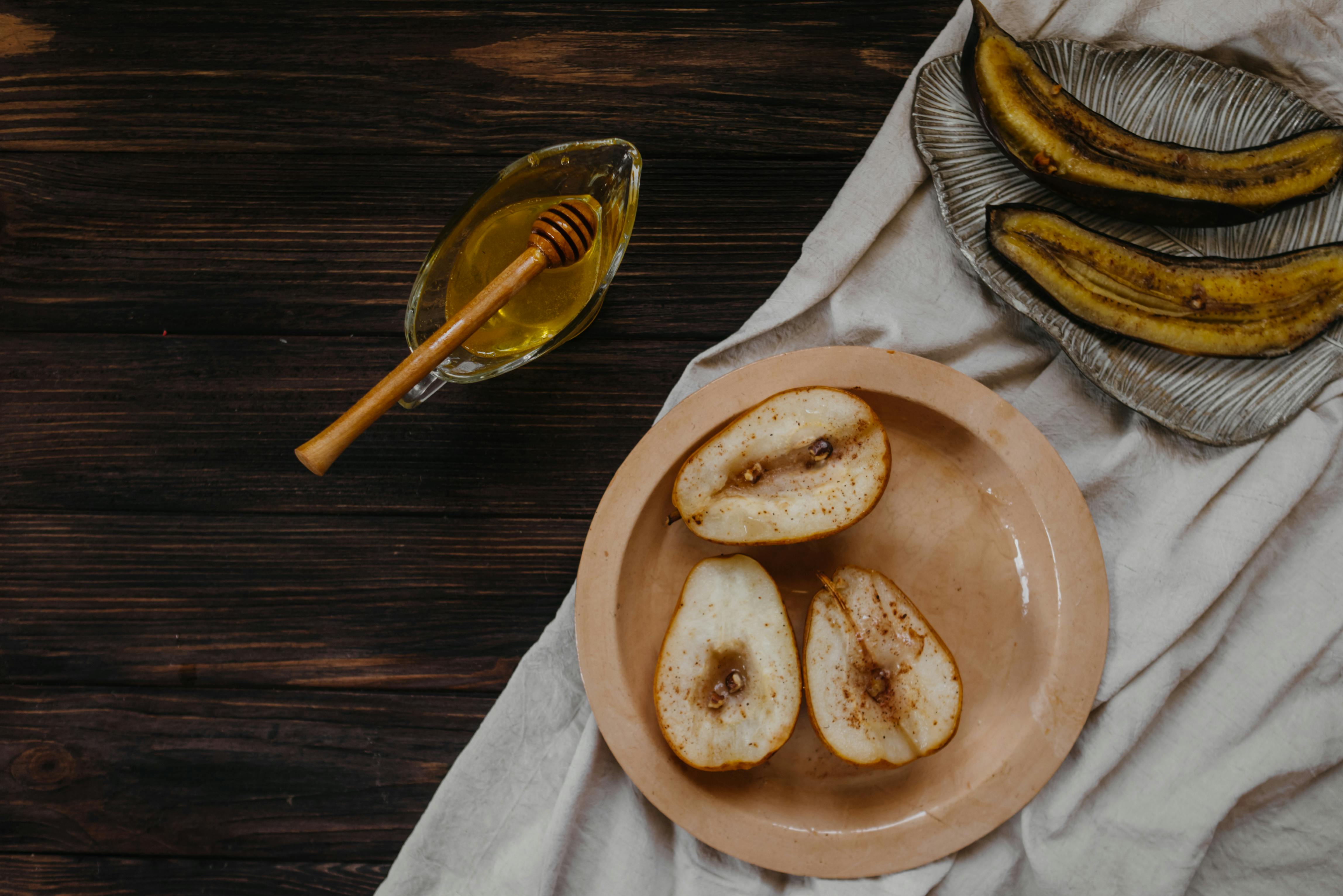Hello saucers! I’m here to talk to you about sea salt vs. table salt when it comes to your sauce recipe.
Sea and table salt have the same nutritional value according to Katherine Zeratsky of the Mayo Clinic. In general, it doesn’t matter which one you use, but it’s important not to use too much as it can drown out the other flavors in your sauce. For every 16 ounces of sauce you make, the recommended amount of salt would be about ½ teaspoon. She will notice that several large sauce makers often use table salt, tomatoes, and sugar to make up the bulk of their recipe. While the human body has a tendency to crave sugar and salt more often than other ingredients, that doesn’t mean they should also take over the flavor profile of your sauce. Remember, don’t copy, you want to be different and better!
If you’re looking to sell your new sauce product, consider using this salt simply as a marketing tool. It has become attractive to many common food purveyors, including in the fast food industry, as it produces a more natural connotation that shows in the end result. Depending on whether you’re creating a ready-made sauce or a sauce mix, sea salt may be advantageous strictly for commercial appeal. A sauce mix (a mix of seasonings that when added to the tomatoes allows for a quick substitute for store-bought sauce) that is packaged in a clear bag with sea salt allows for a little more “eye candy” for the customer . Monitoring the food industry in recent years, there has been a significant move towards healthier eating habits and with that comes a greater demand for ingredients to be visible, in more ways than one. I have seen a handful of sauce mix companies use sea salt for its coarse appearance as it aesthetically complements the remaining ingredients in the mix, assuring the customer that they are eating a healthy product.
Whether you’re just whipping up your sauce recipe for a few friends or whipping up your first batch, the coarse nature of this salt can be advantageous when stored for extended periods. Spices don’t necessarily go bad, they just lose their freshness over time. Due to the coarseness of this attractive ingredient, you can expect a little more resistance to maintaining freshness in common kitchen conditions. It is recommended that you store all of your spices out of direct sunlight and in airtight containers for optimal flavor when it comes time to meal prep. We have done tests and have also learned that storing spices in a refrigerator will increase their fresh flavor over time.
Genuine coarse sea salt actually has a small red tint on one side of the mineral indicating that it is, in fact, sea salt and not table salt. Also, if you’re ever in a bind and need sea salt but don’t have any, a little margarita salt will work just fine, but be sure to order enough for your big run, as you’ll need consistency with your recipe.




Recent Comments